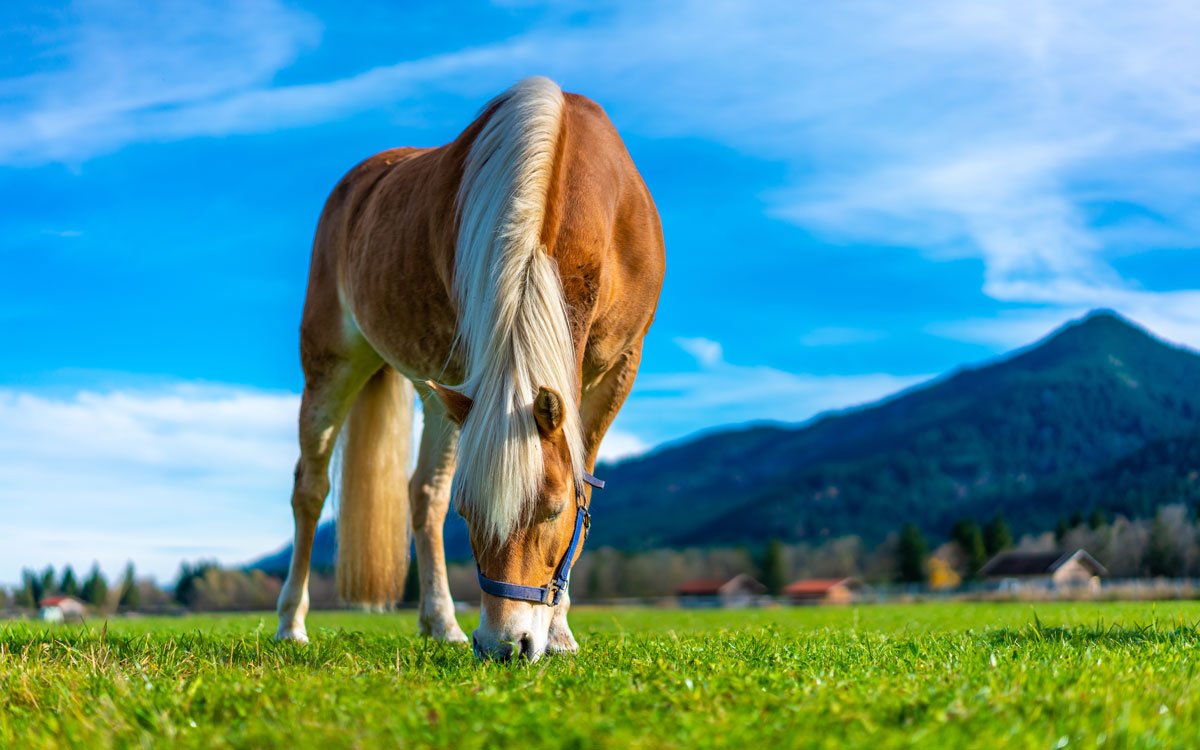In the quiet of a pasture or the steady rhythm of a horse’s gait, many people are finding something profoundly therapeutic.
Whether it’s a child with autism learning to focus, a veteran processing trauma, or someone recovering from injury, horses are becoming unlikely but powerful partners in healing.
The use of horses in mental health, physical rehabilitation, and personal development is no longer a fringe concept. Equine-assisted therapy and related activities are now recognized by health professionals, educators, and even insurance providers as legitimate, evidence-supported interventions.
This article explores how and why horses are making such a meaningful impact in therapeutic settings—and why this field is growing faster than ever.
Why Horses?
What makes horses so uniquely effective in therapy compared to other animals?
- They mirror human emotions. Horses are highly intuitive herd animals. They can sense tension, anxiety, or confidence through body language and respond accordingly, offering immediate, non-verbal feedback.
- They’re non-judgmental. For people who struggle with traditional therapy, horses provide a safe, unbiased space to connect.
- They demand presence. Horses require riders and handlers to stay focused in the moment, helping people develop mindfulness and emotional regulation.
Unlike dogs or cats, horses are prey animals. Their sensitivity to surroundings and people creates a unique dynamic that therapists can use to foster emotional breakthroughs.
Equine-Assisted Mental Health Therapy
Equine-Assisted Psychotherapy (EAP) uses horses as part of a structured therapeutic process, often led by a licensed mental health professional and an equine specialist. Clients don’t necessarily ride—sessions may involve grooming, leading, or simply observing horses.
Conditions EAP can help with:
- Anxiety and depression
- PTSD (especially in veterans and first responders)
- Addiction and recovery
- Trauma and abuse recovery
- Behavioral issues in children and teens
How it works:
The therapist uses the horse’s reactions as a tool to uncover emotional patterns or triggers. For example, a horse may walk away when someone is overly tense, prompting a conversation about boundaries or emotional energy.
Case Example:
A teenager who struggles with trust may initially find it difficult to connect with a horse. Over time, learning to build rapport with the animal can mirror—and support—the rebuilding of human relationships.
Physical Rehabilitation & Hippotherapy
Hippotherapy is a clinical treatment approach that uses the horse’s movement to help improve physical, occupational, or speech challenges. Unlike recreational riding, hippotherapy is guided by licensed therapists who incorporate it into a comprehensive plan.
Who it helps:
- Children with cerebral palsy or developmental delays
- Adults recovering from stroke or brain injury
- Individuals with multiple sclerosis, muscular dystrophy, or sensory processing disorders
Why horses?
The three-dimensional movement of a horse’s gait closely resembles human walking. This motion helps stimulate core strength, coordination, balance, and even verbal skills.
Results often include:
- Improved muscle tone
- Better posture and balance
- Increased mobility and flexibility
- Enhanced speech and communication skills
Personal Growth & Leadership Development
Beyond clinical settings, horses are increasingly being used in personal development programs and corporate leadership training.
These programs focus on:
- Confidence-building
- Non-verbal communication
- Assertiveness without aggression
- Trust, empathy, and collaboration
Because horses respond honestly and immediately to human behavior, they reveal blind spots and patterns that participants might miss in traditional environments.
Example: A manager who tends to be overly controlling may struggle to get a horse to cooperate. Learning to adjust their energy, communicate more clearly, or establish trust can translate directly to workplace improvement.
Equine Therapy for Children & Teens
For kids who struggle in classroom settings or traditional therapy, the barn can be a sanctuary.
Benefits include:
- Emotional regulation and social skills
- Improved self-esteem
- Sensory integration
- Responsibility and routine
Programs for youth often blend elements of therapy, recreation, and education. In some cases, children may not even realize they’re engaging in therapeutic work—it just feels like bonding with a horse.
Parents often report:
Better behavior at home, more confidence, and a greater sense of responsibility.
The Rising Demand
The growth of equine-assisted services isn’t just anecdotal. Organizations like PATH International, Eagala, and American Hippotherapy Association are reporting increasing demand for certified programs and trained professionals.
As mental health awareness grows and holistic therapies become more mainstream, horses are being recognized as powerful partners in healing—especially when traditional methods fall short.
Challenges and Considerations
While equine-assisted therapy shows great promise, it also comes with considerations:
- Access and cost: These programs require land, facilities, and trained professionals, making them more expensive and less widely available.
- Certification and regulation: Not all programs are held to the same standard. It’s crucial to work with licensed professionals trained in both therapy and equine care.
- Ethical treatment of horses: Programs must ensure the physical and emotional well-being of the horses, as they are also participants—not just tools—in the process.
Final Thoughts
In a world that often feels rushed and disconnected, horses offer a different kind of therapy: one rooted in presence, patience, and partnership. Whether helping a child speak for the first time, guiding a veteran through trauma, or teaching a leader to listen more deeply, horses are quietly changing lives—one step, one nuzzle, one breath at a time.
As we continue to explore alternative paths to healing and growth, the gentle power of equine therapy reminds us that sometimes the best medicine doesn’t come in a bottle—but on four strong, steady legs.

